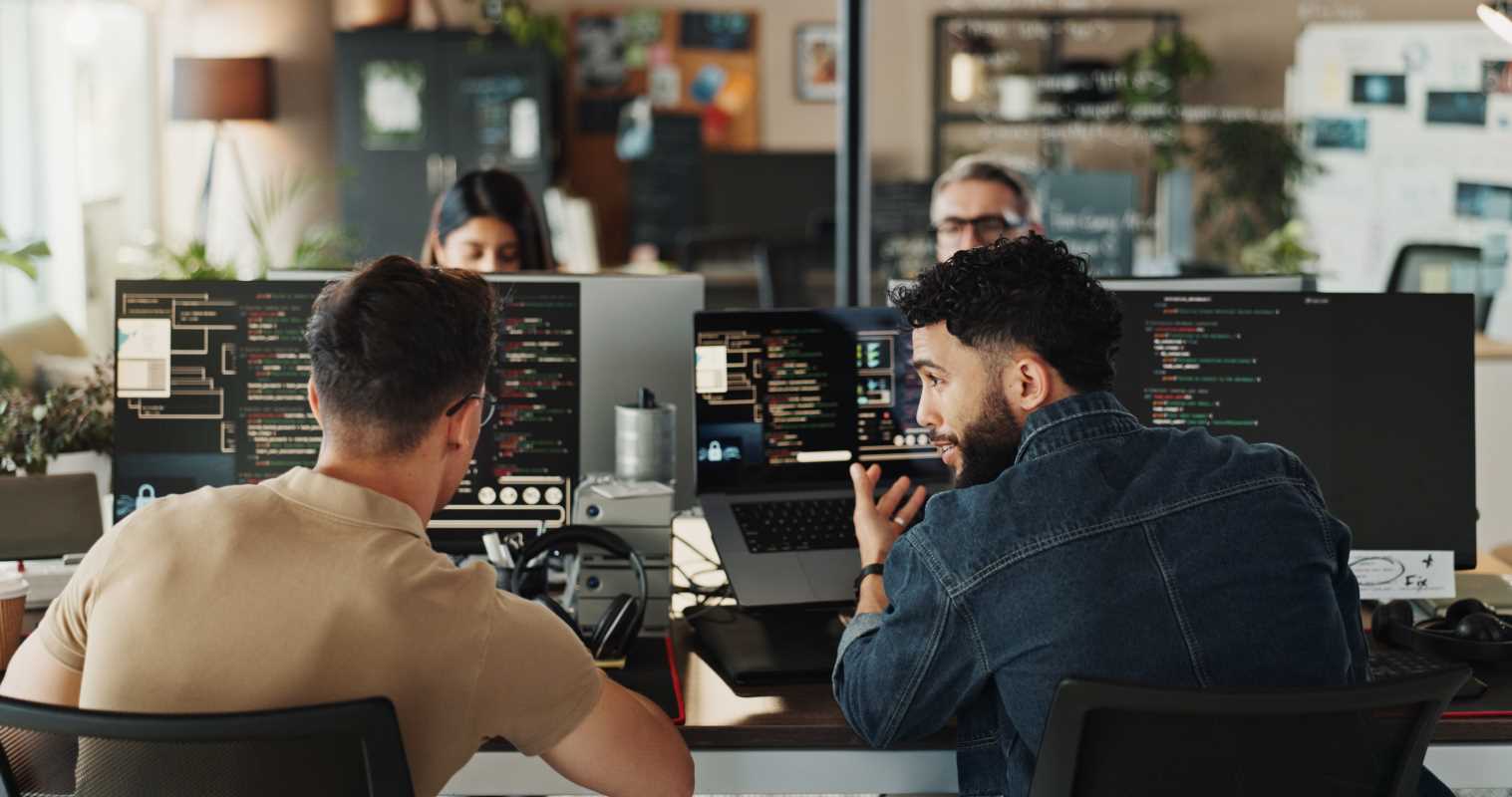Modern offices often feature open layouts where teamwork flourishes and discussions fill the air. Finding effective ways to communicate becomes essential when background noise and constant activity can easily divert attention. People working in these environments benefit from clear and direct methods that help them stay focused and ensure their messages reach others without interference. By using practical approaches, anyone can navigate the challenges of an open workspace and maintain productive conversations, even amid the lively atmosphere.
Effective communication involves active listening, setting clear boundaries, and using technology wisely. By adapting everyday interactions to a setting where proximity can both help and hinder, individuals can create a positive and productive atmosphere.
Open-Plan Workspace Dynamics
Open-plan workspaces offer many benefits, such as the ease of sharing ideas and breaking down silos. Yet, they also present challenges that demand careful attention. Many face interruptions, unintentional background chatter, and overlapping conversations that sometimes dilute the intended message.
Consider some of the common points below:
- Background noise that obscures verbal cues
- Frequent unscheduled interactions
- A balance between collaboration and concentration
- The challenge of maintaining privacy during discussions
Each point illustrates the dynamics that one must master to improve daily interactions in busy settings.
Hack 1: Master Active Listening
Active listening becomes a cornerstone for ensuring your message is transmitted and understood. This method engages both the speaker and the listener in a genuine exchange where thoughts are acknowledged and clarified. Practicing genuine attention in conversations reduces chances of misinterpretation and prevents the need for clarifications later.
Some colleagues find that adopting these core practices enhances team understanding and prevents missed information. Use communication hacks such as focusing on eye contact and summarizing what was said, ensuring that important details do not slip by unnoticed.
Hack 2: Set Clear Communication Boundaries
Clearly defined boundaries reduce interruptions and help maintain focus. When interactions are structured, it becomes easier to respect each other’s time and personal space. This approach prevents unplanned interludes that might derail concentration and the workflow.
Try implementing these actionable tips:
- Reserve specific times during the day for non-urgent discussions
- Use visual indicators like a small flag or sign on your desk to signal when deep work is in progress
- Share your schedule in team calendars to minimize spontaneous drop-ins
These practices encourage a respectful environment where communication is both timely and considerate.
Hack 3: Use Nonverbal Cues
Understanding nonverbal signals enhances clarity, especially in a space that often sees partial distractions. Facial expressions, posture, and gestures can strongly support the words you speak, allowing for a fuller picture during interactions. Mastering these cues means both you and your colleagues can quickly discern intentions and emotions even when words are few.
In busy settings, reading body language helps to convey empathy and understanding. Maintaining an approachable demeanor through nonverbal techniques builds trust and can sometimes speak louder than words alone.
Hack 4: Use Technology to Improve Communication
Using the right tools can make a significant difference when conveying messages in a lively environment. Digital options allow you to send clear notes, share documents, and hold virtual meetings that avoid ambient noise. Many find that a thoughtful combination of in-person interactions and digital confirmations creates effective communication loops.
Consider incorporating these options into your daily routine:
- Slack or similar messaging platforms for quick updates
- Zoom meetings when face-to-face conversations become difficult because of noise
- Microsoft Teams for coordinating group projects and sharing files seamlessly
Choosing the right tool for each task helps ensure your message remains clear even in a distracting environment.
Hack 5: Manage Distractions and Keep Focused
Open-plan workspaces can introduce unexpected noises and casual interruptions, so it’s important to have methods that reduce distractions. A focus plan helps you stay on track even when multiple conversations happen at the same time. Recognize your most productive hours and schedule creative or demanding work during quieter times.
Simple adjustments can significantly improve concentration. Use these techniques daily to improve efficiency and build stronger connections.
 (Image via
(Image via





